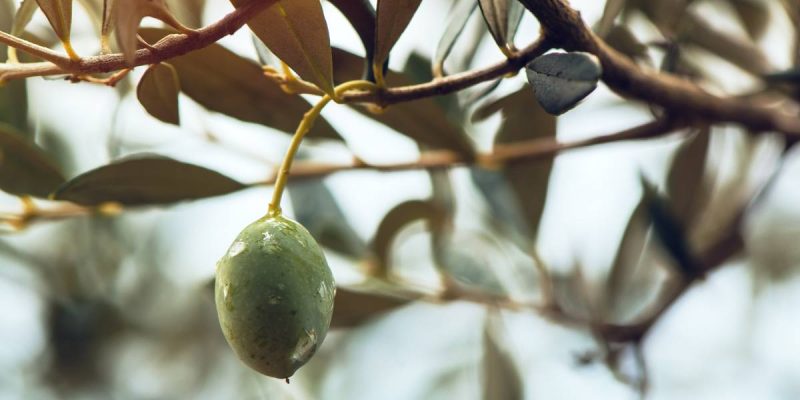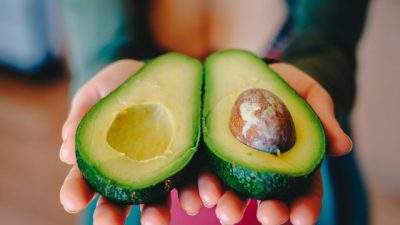Olive trees not only add an irrefutable beauty to any home landscape, but they also provide delicious fruits and oil for you to show off to friends and family.
In this article, we’re going to look at the ideal planting conditions for olive trees, their growth rate, the appropriate pruning guidelines for Australian climates, and how to grow and eat your own olives.
Let’s get straight into it…
Where is the Best Place to Plant an Olive Tree?
First things first, where is the best location to plan your olive tree? Here are a few important factors for you to consider:
- Olive trees thrive in regions with a Mediterranean climate (originating from Asia Minor and spreading through Syria and Greece), characterised by hot, dry summers and mild, wet winters.
- They require full sun exposure, ideally in a location protected from strong winds.
- Well-drained soil is crucial for olive tree health; as excessive moisture can lead to root rot.
- Choose a spot with good air circulation to prevent fungal diseases.
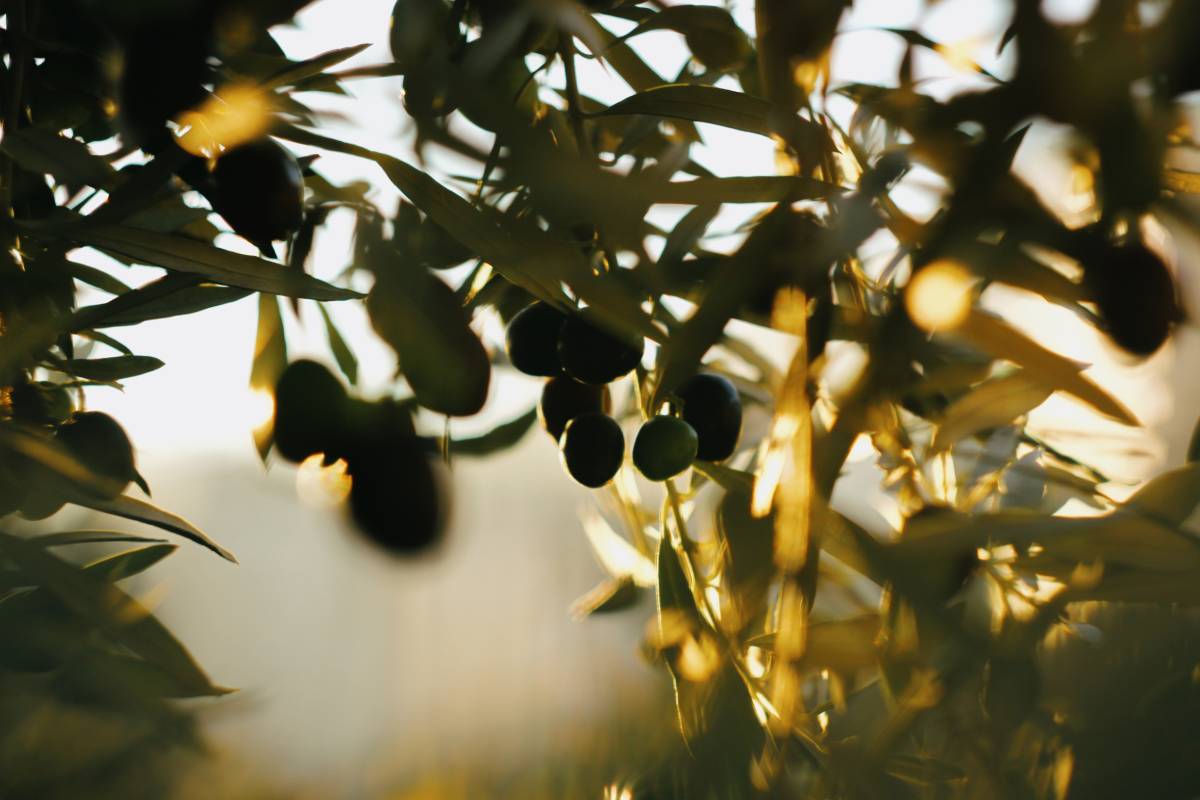
How Quickly Do Olive Trees Grow?
More importantly, how quickly can you expect your olive trees to establish and grow?
- The growth rate of olive trees can vary depending on various factors, including the olive tree variety, growing conditions, and the level of care provided by you.
- Olive trees are rather slow growing compared to certain other species of tree. On average, olive trees can take 3 to 7 years to bear fruit and 10 to reach full maturity.
- During the first few years, focus on establishing a strong root system through proper watering and care.
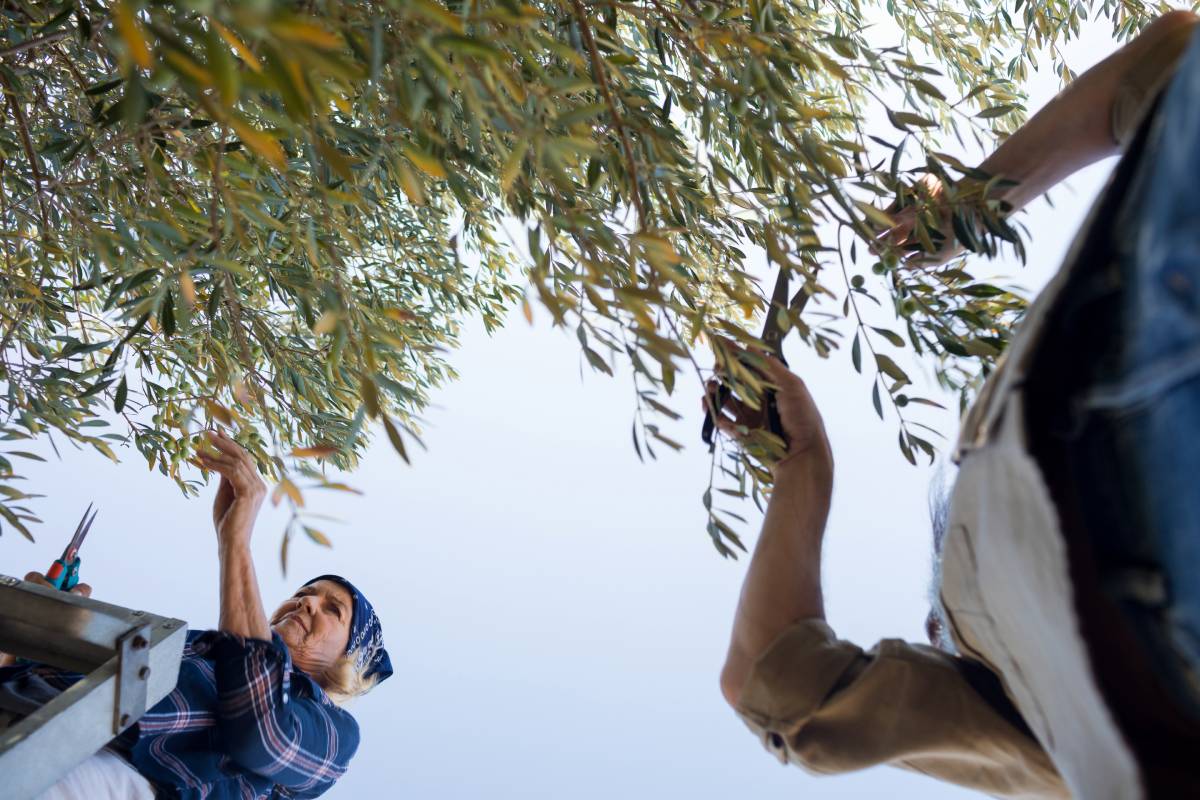
How and When to Prune Olive Trees in Australia?
Once your tree is established in the perfect location, how and when should you prune? Here’s what you need to know:
- Pruning olive trees is essential for maintaining their health, shape, and productivity.
- The best time to prune olive trees in Australia is during late winter or early spring, before new growth begins.
- Follow these pruning guidelines:
- Remove dead, damaged, or diseased branches.
- Thin out crowded branches to improve air circulation and sunlight penetration.
- Maintain an open canopy structure for better fruit production.
- Remove suckers and water sprouts.
- Avoid excessive pruning, as it can reduce fruit production.
- Consult an arborist for specific pruning techniques based on your olive tree variety.
Can You Grow and Eat Your Own Olives?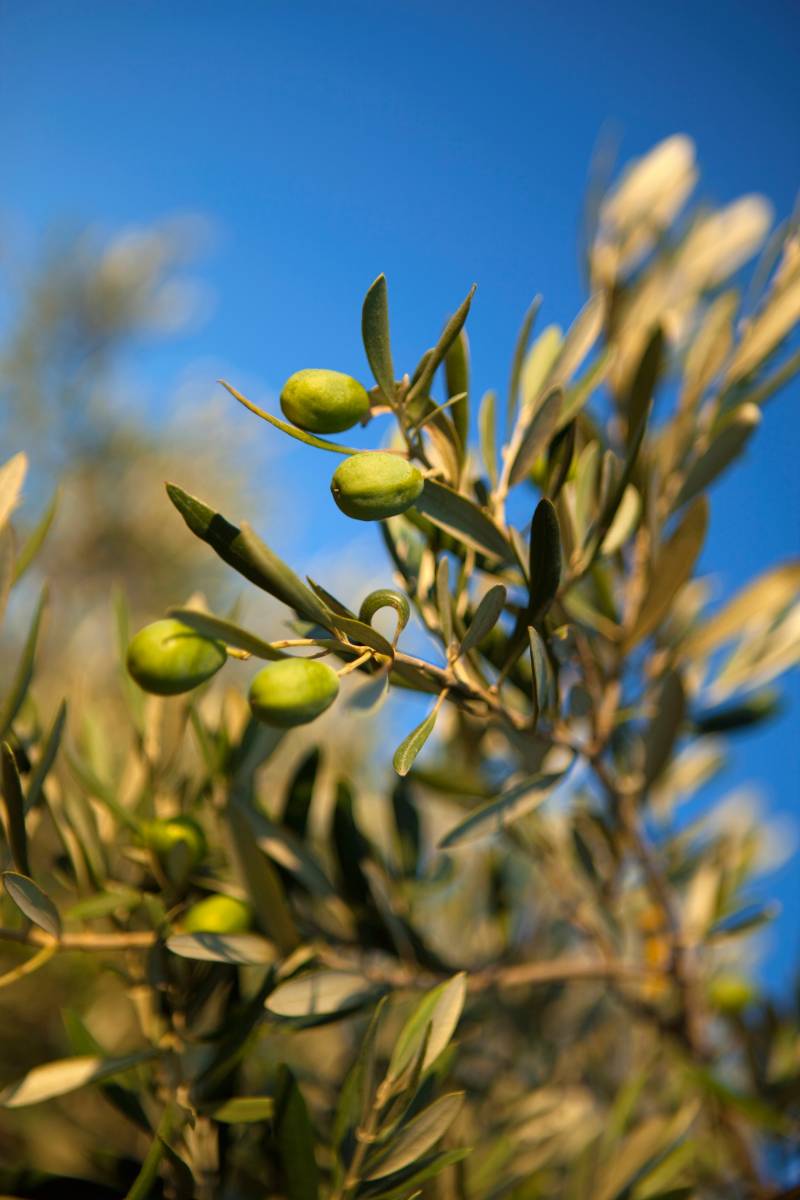
We know what you’re thinking: can you grow and eat some olives of your own?
- Yes, it is possible to grow and enjoy your own olives!
- Olive trees produce fruits (yes, they’re fruits), which can be harvested and processed for consumption.
- However, it’s important to note that olives are typically bitter and require curing or processing to become palatable.
Olives are indeed an acquired taste, but with patience and the right approach, you can make your own delicious olives ready for consumption with friends and family. You can even make your own olive oil which is perfect for cooking a wealth of amazing dishes (see how and when to prune an Avocado tree if you wish to expand your home-grown offerings).
Is There a Difference Between Black and Green Olives? Do You Need a Different Type of Olive Tree or Does It Depend on When You Choose to Harvest?
How do you get black Vs. green olives? Do you need to get a specific variety of olive tree or is it all in the way you harvest? Here’s what you need to know…
- The difference between black and green olives lies in their ripeness and processing methods.
- Olives harvested at an earlier stage are green, while fully ripened olives turn black.
- Some olive tree varieties are better suited for green olives, while others are more suitable for black olives.
- The choice of harvesting time and processing method plays a significant role in determining the final colour and flavour of the olives.
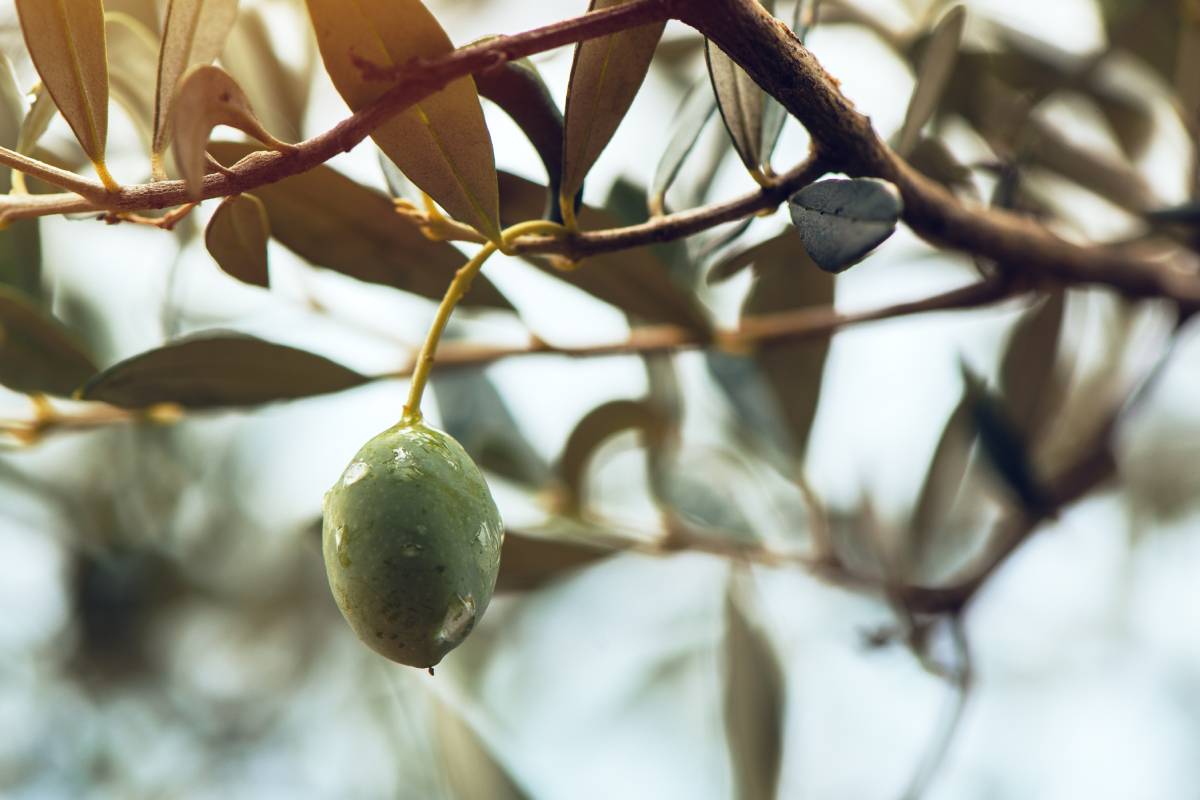
What are the Benefits of Pruning an Olive Tree?
Finally, is it really that important to prune an olive tree? Wouldn’t it be better to simply plants and establish your tree and then leave it to grow without interruption? Read this before you decide:
- Pruning olive trees promotes better airflow and sunlight penetration, reducing the risk of fungal diseases.
- It also enhances fruit production and quality by redirecting energy to developing healthy branches and fruits.
- Improves the overall shape and aesthetics of the tree.
- Facilitates easier harvesting and maintenance.
- Prevents the tree from becoming overly dense or otherwise unmanageable.
Don’t worry if you can’t be bothered to prune your olive tree – or if you worry you might cause irreparable damage by mistake. You can either seek professional guidance and consult an arborist, or you can pay for a professional olive tree pruning service instead.
Conclusion
Growing olive trees can be a rewarding experience, providing not only a beautiful addition to your home landscape, but also delicious fruits and oil.
By choosing the right planting location, providing proper care, and following the appropriate pruning guidelines specific to your region, you can ensure the exceptional health and productivity of your olive trees.
Remember to choose a suitable spot with full sun exposure and well-drained soil. And be patient…as olive trees take a few years to reach maturity and start bearing fruit.
With proper pruning techniques, your olive trees will thrive and provide an abundant harvest. Whether you’re enjoying your own olives or using the oil for cooking, you’ll appreciate the proverbial fruits of your labour and the wonders of olive tree cultivation.
We hope that you’ve found this article inspiring and wish you the very best of luck with planting, growing, and harvesting yours!

